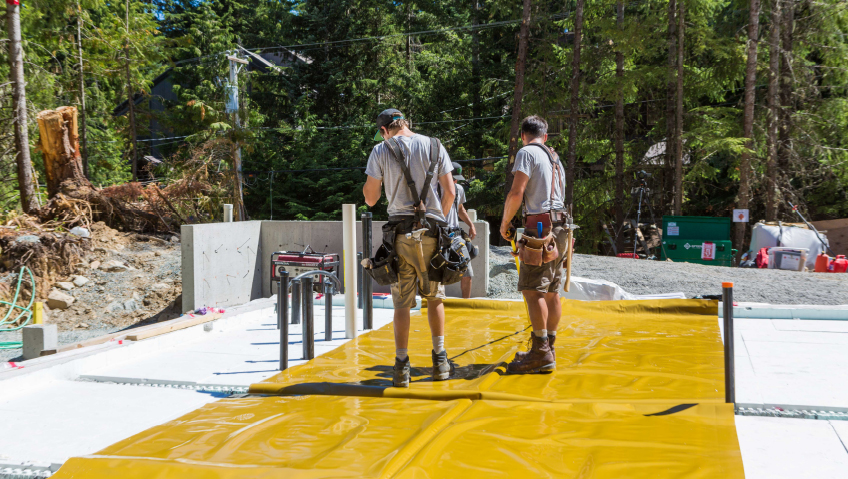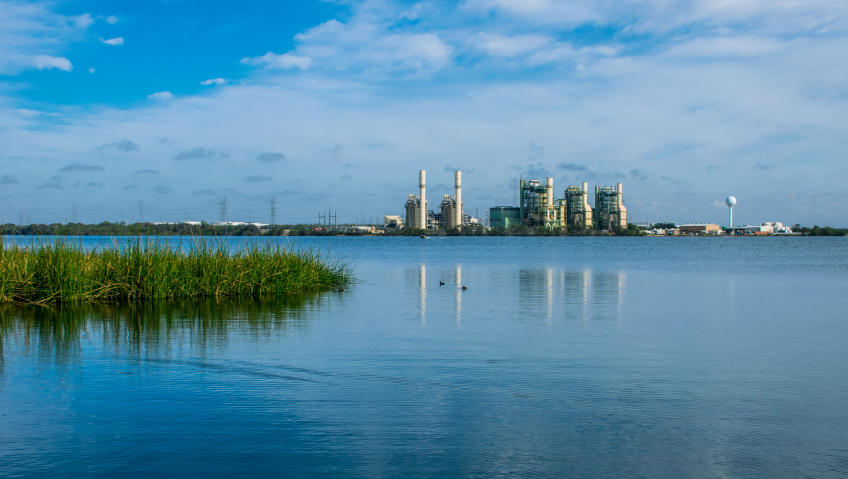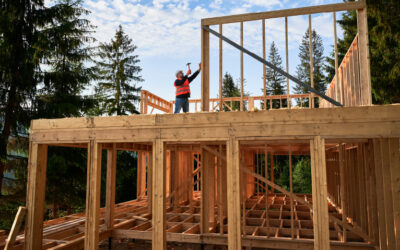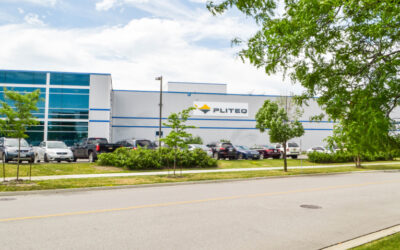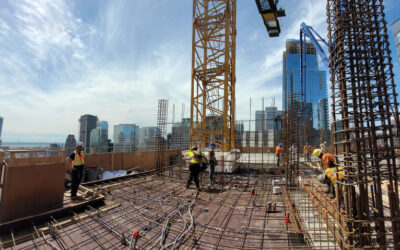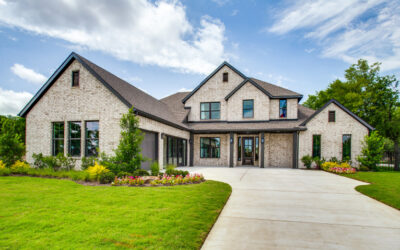Founded in 2007, Radon Environmental Management Corp. (REM) has a business model that is built around preventing and reducing public exposure to radon. It is the only company whose core business is focused solely on radon exposure.
Specializing in radon mapping, radon testing, radon measurement, and mitigation, Vancouver-based REM is also a consultant. To educate and raise awareness about the risks of radon, the company presents educational seminars for building associations such as the Canadian Home Builders’ Association, the Canadian Green Building Council, and similar organizations in the United States.
As the only full-service radon company, REM is leading the industry. With a team of geologists, it produced the first geologic radon potential map of Canada in 2012, and it offers a complete line of radon detection options. These range from residential home self-tests to professional devices for home inspectors and radon mitigators.
The primary focus of the business is radon mitigation solutions. “We’ve invested a lot of money and time over the last ten years developing new technologies that go beyond what the requirements are in the code to prevent radon during new construction, so we’re quite unique in that respect,” says Alan Whitehead, President and Chief Executive Officer at REM.
This involves radon reduction and mitigation of indoor air and the level of radon in well water. Radon is soluble in ground water and it can enter the home through taps and faucets. When a toilet is flushed or a shower is running, the water is aerated and radon gas is released as a result.
REM is heavily involved in the research and development of its high-performance technologies, and has ownership in the intellectual property through patents and registered trademarks. Its most well-known and trusted products are Radon Guard™, Radon Block™, Radostat™, and Airwell™
The company has developed essential partnerships in the industry and uses many distributors to sell its products in various markets. These sectors include residential home building, custom home building, commercial construction, and industrial construction
For five years now, one of the company’s most beneficial partnerships has been with the Holmes Group. REM is the exclusive consultant and provider of radon reduction and prevention solutions for Holmes approved builders. “These builders are building to the Holmes standard and beyond the code in most areas of construction. They’re building healthy homes, and to do that, you’ve got to understand that radon could be an issue in regards to indoor air quality. They’re all about ‘building it right’ and take measures during new construction to put in the best systems that are available, which is where our technologies come in,” says Whitehead. REM’s line of products is the perfect match for the high standards of Holmes Approved Builders.
The move toward net zero energy homes drives the need to continue raising awareness about radon exposure. The building envelope of a net zero home is built much tighter, and there are fewer air exchanges, which creates a perfect storm for the build-up of soil gases and volatile organic compounds. Fortunately, the majority of architects, developers, and builders now understand the need for a plan to ensure that the indoor air quality is safe and healthy.
“Radon is present in every indoor environment bar none, the only question is to what degree and the only way to know is to test. You can’t see, smell, or taste it, so the only way to know what the level is in a home or school or workplace is to test using a radon detector and from there you would look at whether you need to mitigate,” explains Whitehead.
Building codes have progressed significantly in the past five years to require that radon control measures are installed in all new construction, whether it is a home, commercial, or industrial building. Radon awareness in the building sector has grown, and REM often consults with large project developers to design efficient radon control systems.
The circumstances are vastly different for the existing housing stock. Currently, there is no requirement in Canada to test and subsequently mitigate if the radon level is high. In the US, it is a requirement in most states that a residence must be tested for radon at the point of home sale, and if it is above the Environmental Protection Agency guideline, it must be mitigated before being sold.
Unfortunately that is not yet the case in Canada, but there was one step forward in British Columbia as of June 2020, where it is now a real estate disclosure requirement when selling a house to provide information on whether or not the home has been tested for radon. The Prairie Provinces, which have high levels of radon potential according to REM’s radon map, are also beginning to include more legislative measures to prevent public exposure to radon.
The changes are helpful for new housing developments, but since new construction represents only about ten percent of the housing stock, the real issue is raising awareness among homeowners.
To increase education for the other ninety percent of the housing stock, REM partners with the radon industry’s biggest stakeholders: Health Canada, the Canadian Cancer Society, Provincial Lung Associations, and other organizations that want to make the public understand the risks of radon exposure.
Radon is produced through the presence of uranium in the soil and rocks, and the health risk for people is that it causes lung cancer. Even when the radon exposure comes from well water, the primary health risk is lung cancer, as it enters the body through inhalation. As mentioned earlier, this is because radon in the water returns to a gaseous form when using the water for household activities such as running a bath or flushing a toilet.
Radon exposure is the leading cause of lung cancer after smoking. “The World Health Organization estimates that sixteen percent of all lung cancers are caused through radon exposure, and just to put that in context, that’s about 200,000 cases worldwide a year resulting in death,” says Whitehead. Three causes of lung cancer—smoking, exposure to radon, and asbestos—are all completely preventable.
Non-smokers can get lung cancer, and it is often due to radon exposure. Even worse for smokers who are also exposed to high levels of radon, the risk of developing lung cancer goes from one in seventeen to one in three because the effect is cumulative. “When you breathe in radioactive gas, there are alpha particles which are basically radioactive particles that attack the DNA and break it. Usually the body is pretty good at repairing that DNA and returning it to normal but sometimes, depending on the genetic makeup, that doesn’t happen, and that’s what results in lung cancer,” explains Whitehead.
One of the reasons Whitehead is so passionate about radon prevention and mitigation is his personal experience. Ten years ago, his wife Janet was diagnosed with lung cancer as a result of extremely high radon levels in their home. She has fortunately beaten the disease and continues to be a major driving force for Whitehead and the important work being carried out by REM.
A good indication of the increase in radon awareness is that REM’s business and sales have doubled year over year for the last two years. Also, the pandemic, in general, has influenced the demand for better indoor air quality. With more people working from home, it is especially important to test the area where they live, work, and sleep. Homes with finished basements are particularly hazardous because radon is heavier than air and sits in low places, but it can travel up through the rest of the house with the stack effect as windows and doors are opened.
The positive news is that testing for radon is inexpensive. With a new build or an existing build, it is affordable to mitigate the problem through REM. Typically, testing is as low as $40 for a single test kit, and around $300 for a continuous radon monitor. A professional device can range between $1,500 and $2,000. Mitigation for a standard home of roughly 2,000 square feet would cost approximately $3,000 to $5,000 for both new construction and an existing home.
Radon is present in every indoor environment, and what matters is finding out how much. Health Canada has been very proactive with mail-outs in the last three years and has sent roughly 3.0 million postcards to homes in high-risk areas. Through clear messaging, the cards let people know that radon is in their home and they need to test the level in order to protect their family.
“They used to say radon may be in your home, but now they just say radon is in your home and you need to know the number. That triggers a lot of testing, and that’s what we want to see,” says Whitehead. “There are quite a few stakeholder groups now that are very active and trying to get legislation in place to make it a level playing field so everyone knows about it and can take action if they need to.”

